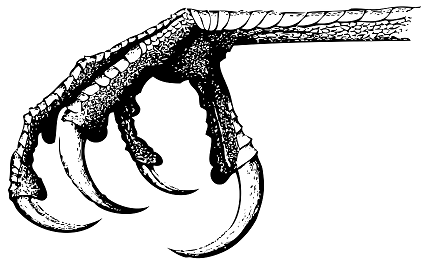
Predatory publishers and journals are entities that take advantage of an academic’s need to publish without giving anything in return. They engage in questionable business practices and fail to adhere to industry standards, especially in regards to peer review. Unfortunately, the number of these fraudulent publishers and journals continue to increase over time. Therefore, it is crucial for authors to make sure that they are publishing in a legitimate journal. Here are ten signs indicating that a journal or publisher might not be legitimate.
- The peer review process is not mentioned or if it is, it is vague and unclear.
- The journal website promises a very short turnaround time (e.g. two weeks).
- The journal claims to be indexed in reputable databases such as MEDLINE or lists non-indexing services as indexing services such as Scribd or Google Scholar.
- The journal’s publisher publishes a large number of different journals in vastly different areas with very few papers in each journal.
- The listed editor-in-chief says he is not the editor and has never even heard of the journal.
- The journal website is unprofessional with poor grammar and ads unrelated to the journal’s scope.
- The journal lists bogus metrics such as the Index Copernicus.
- The journal does not mention author fees at all or the author fees are charged before any peer review has occurred.
- The journal’s contact information cannot be verified or if you search for the address on Google Maps, the address shows up in the suburbs.
- The articles in the journal are of poor quality. They do not fit the journal’s scope nor do they mention important information such as study limitations and conflicts of interest.
The main takeaway is that whenever you are thinking of publishing in an unfamiliar journal, you need to do your research. If you are still in doubt, please ask your friendly neighborhood librarians.
